Key Takeaways:
- Monitoring and analyzing fleet information and then integrating it into the decision-making processes allows construction companies to identify areas for improvement and become more efficient and cost-effective.
- Telematics is an invaluable tool for tracking fleet movement, vehicle utilization, driver behavior, and maintenance activities. It warns about potential risks and ensures that both drivers and vehicles remain compliant with relevant regulations and standards.
- It is important to help drivers understand the need for fleet telematics and explain it’s all about enhancing their safety, improving vehicle performance, and making operations run smoothly.
Still think telematics is just for tracking your vehicles’ and drivers’ whereabouts?
Think again.
Modern telematics solutions offer so much more than simple location tracking—you just need to figure out how to apply all of their capabilities effectively.
Want to learn more? Well, you’re in luck!
In this article, we’re diving deep into the world of telematics, revealing five game-changing tips to squeeze every last drop of potential from your telematics system and take your fleet management game to whole new heights.
Let’s get started.
In this article...
Put Telematics Data to Use
Your telematics system will hardly pay for itself if you don’t put the data it provides to work.
So, monitor that valuable fleet information, analyze it, integrate it into your decision-making processes, and watch your fleet unlock new levels of efficiency and cost-effectiveness.
That’s precisely what they did at Tree Tech, Inc., a tree service company from Massachusetts.
According to Andy Felix, the company’s owner and president, telematics data has been instrumental in significantly reducing some of their operational expenses.
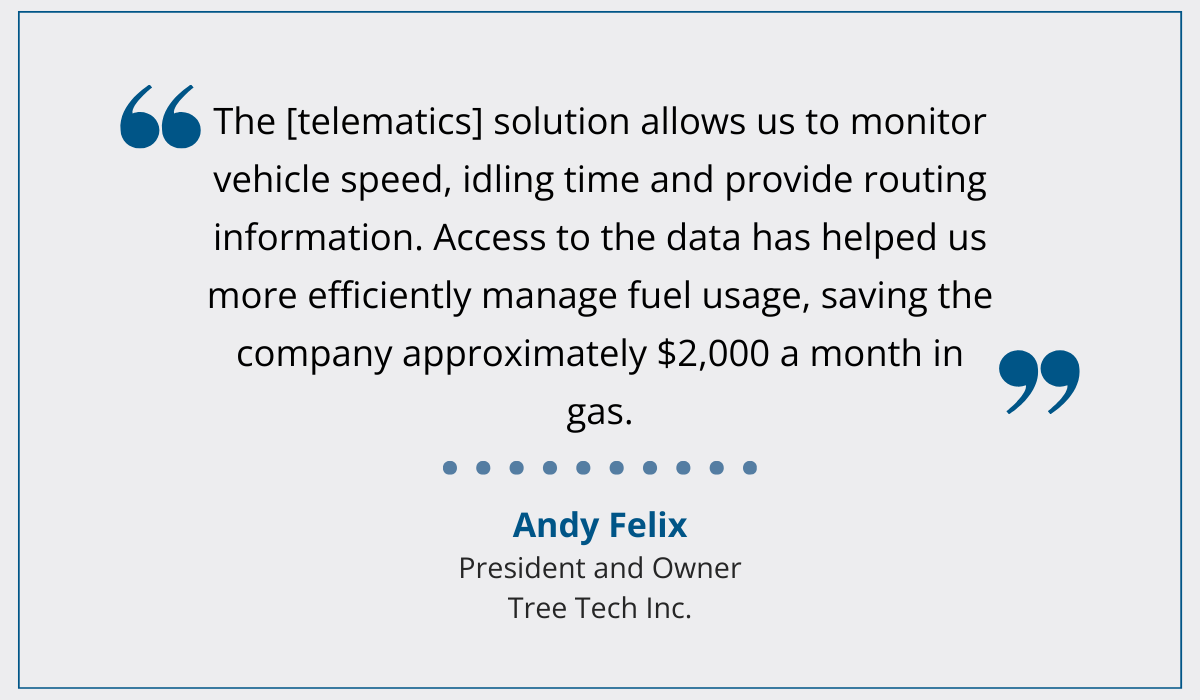
The question now is, how do you achieve those benefits for your own fleet?
Or, better yet, how do you use telematics data effectively without being overwhelmed by the sheer volume of it?
The key here is to develop a solid game plan.
Start by identifying the areas of fleet management you’d want to see improved, such as:
- Fuel consumption
- Safety
- Driver behavior
- Vehicle maintenance
- Routing and dispatch
- Time in transit
- Job site security
Once you’ve established your focus, you’ll know which data points to keep an eye out for to address the specific issues.
Tony Nicoletti, director of sales and business development at DPL America, also supports this approach.
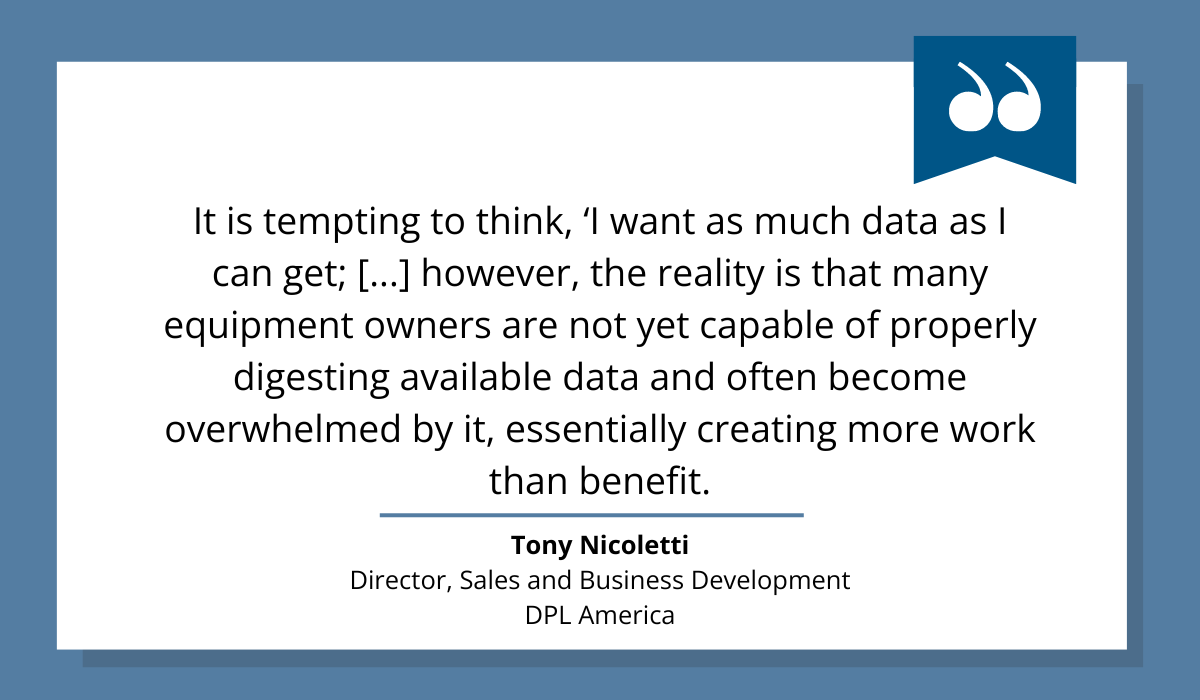
He warns against trying to track everything all at once, as it will only overwhelm you, slow you down, and lead to counterproductive outcomes in general.
It simply isn’t worth the trouble.
Instead, concentrate on targeted monitoring aligned with your objectives.
For instance, if you want to prevent theft, prioritize GPS tracking and geofencing.
To boost driver safety, closely monitor their behavior.
And for optimizing maintenance efforts, keep tabs on vehicle health and utilization.
Over time, the data will unveil patterns, highlighting areas for improvement and alerting you to potential risks before they even materialize.
Armed with this knowledge, you’ll be able to intervene proactively, nip any problems in the bud, and ultimately take your fleet management game to whole new heights.
Help Your Drivers Understand the Need for Fleet Telematics
Before you roll out this new technology, make sure you talk about it with your drivers.
You want everyone to understand why telematics is being implemented in the first place because, let’s face it, you need your team on board with it if you want it to be truly effective.
After all, telematics has the capability to monitor every aspect of driving behavior, from idling and speeding to harsh braking and lane departure.
Understandably, this might raise some concerns among drivers, potentially signaling a lack of trust on your end or encroachment on their privacy.
That isn’t something to simply glance over.
Lack of buy-in can ultimately lead to resistance to the new technology, rendering your (not so small) investment futile.
Unfortunately, this scenario isn’t that uncommon in the construction industry.
According to a Deloitte survey, reluctance to change ranks among the top five barriers to adopting construction technology, affecting over a third of businesses.
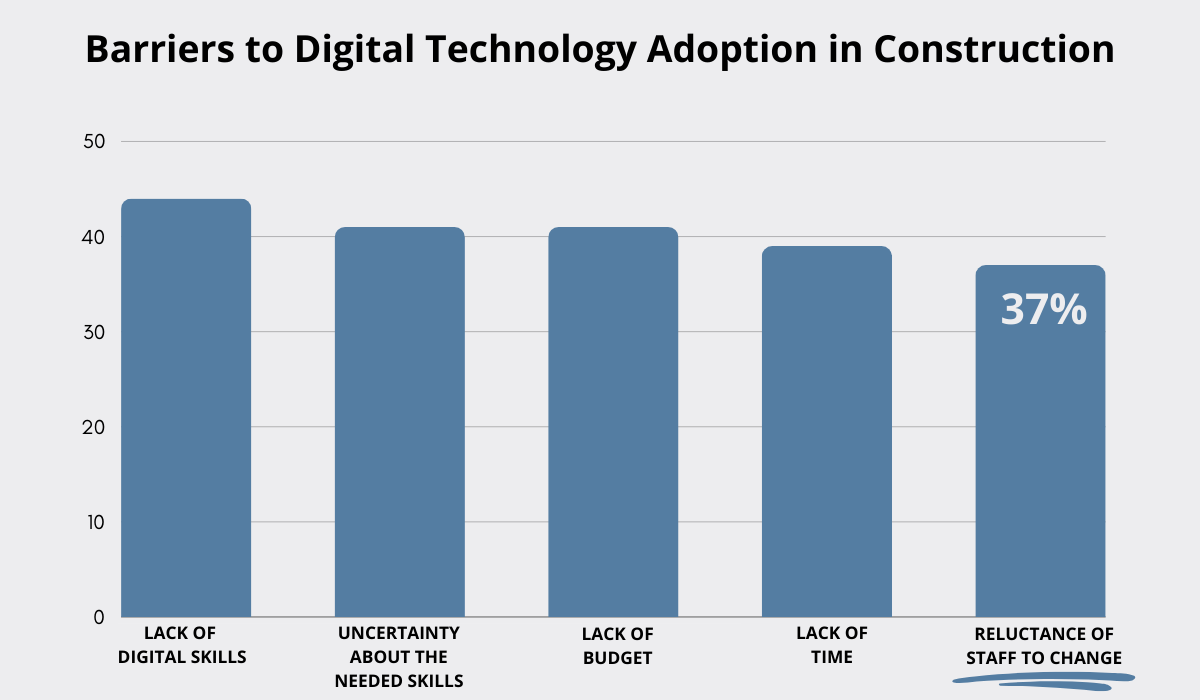
So how do you ensure this doesn’t happen to you?
Keep your drivers in the loop.
Show them that telematics isn’t about surveilling and controlling their every move, but rather about keeping everyone safe, ramping up vehicle performance, and making operations run smoothly.
Your team needs to understand and embrace that.
As Wolfgang Hufnagel, manager of digital change & adoption at PwC Germany, says, the key to technology adoption lies in bridging the gap between end-users and the technology itself.

How do you do that?
The answer is simple: through clear, open communication.
Without it, even the best telematics system won’t do much for you, because you’ll be missing the most important part of the equation: your drivers.
Reward Safe Driving
While focusing on improving and training the underperforming drivers is important for boosting overall safety and operational efficiency, don’t forget to acknowledge and incentivize top performers, too.
Rewarding safe drivers not only reinforces positive behavior but also serves as motivation for all team members to maintain exemplary conduct.
And guess what?
Fleet professionals all over the world are starting to recognize the effectiveness of this approach.
According to a survey conducted by Teletrac Navman, an overwhelming 96% of construction businesses are implementing motivational reward programs to incentivize better driver performance.
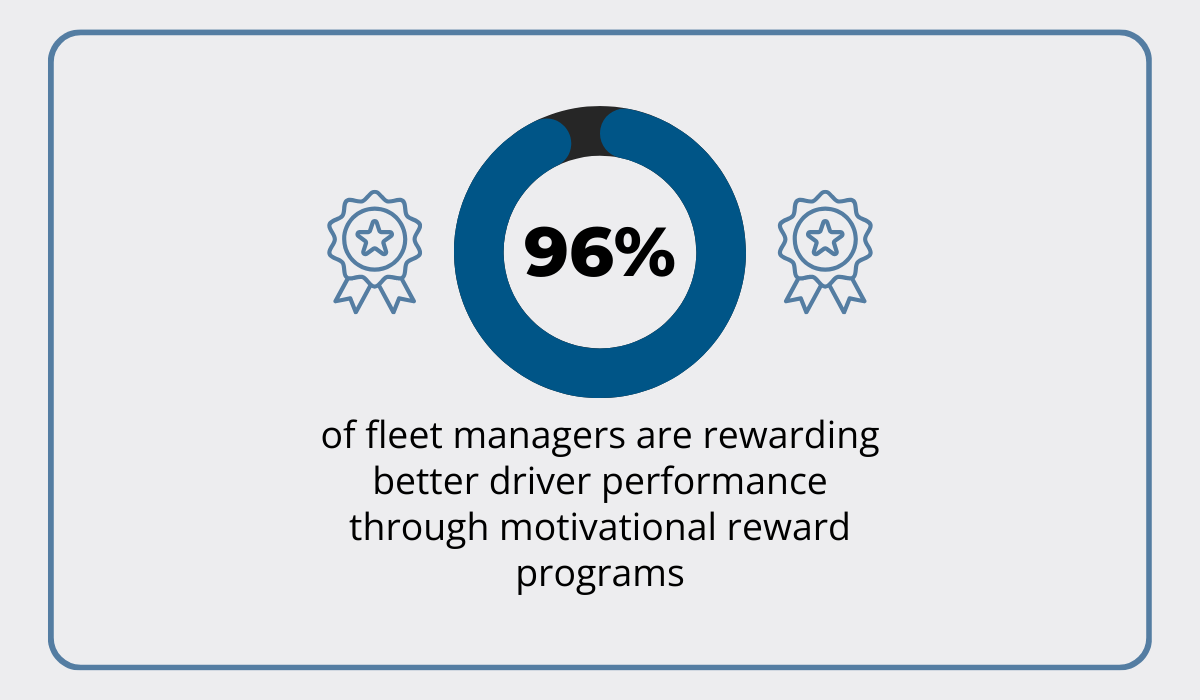
So, to establish a successful safe driving incentive program, two key decisions must be made: determining the specific behaviors to be rewarded and defining the rewards themselves.
For starters, set clear, SMART goals and metrics for tracking desired behaviors.
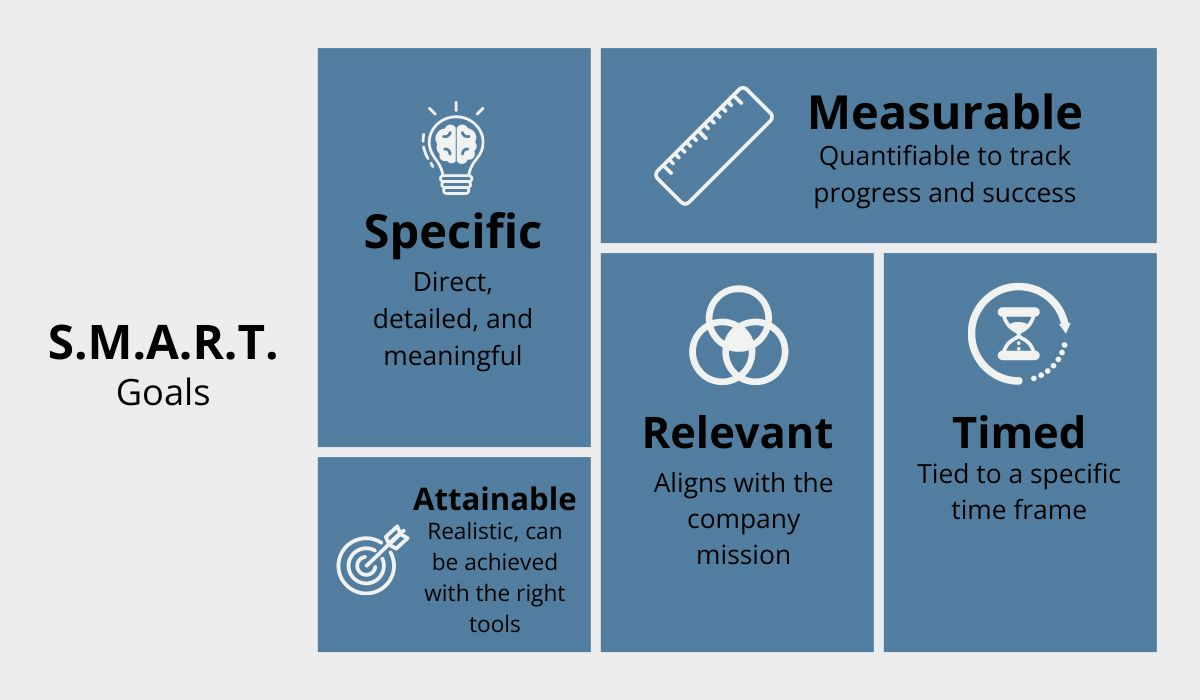
This ensures that your objectives are actually attainable for drivers and easy for you to measure.
Here are some metrics you might want to focus on:
- Speeding
- Adherence to schedules
- Near misses
- Use of safety equipment such as seatbelts
- Idling
Be careful not to reward wrong actions, though, as it may inadvertently encourage unsafe practices.
For instance, rewarding drivers for reducing transit time may ultimately promote speeding, counteracting the intended safety goals.
Now, onto the rewards.
This is where you can get a bit creative.
Anything from gift cards for local businesses and event tickets to bonus checks and company merchandise can serve as incentives.
However, Tony Greenidge, customer and partner success lead at Combiine and former CEO of IAM RoadSmart, suggests that the most impactful incentive isn’t anything material.
It’s acknowledging the dedication and effort of drivers.
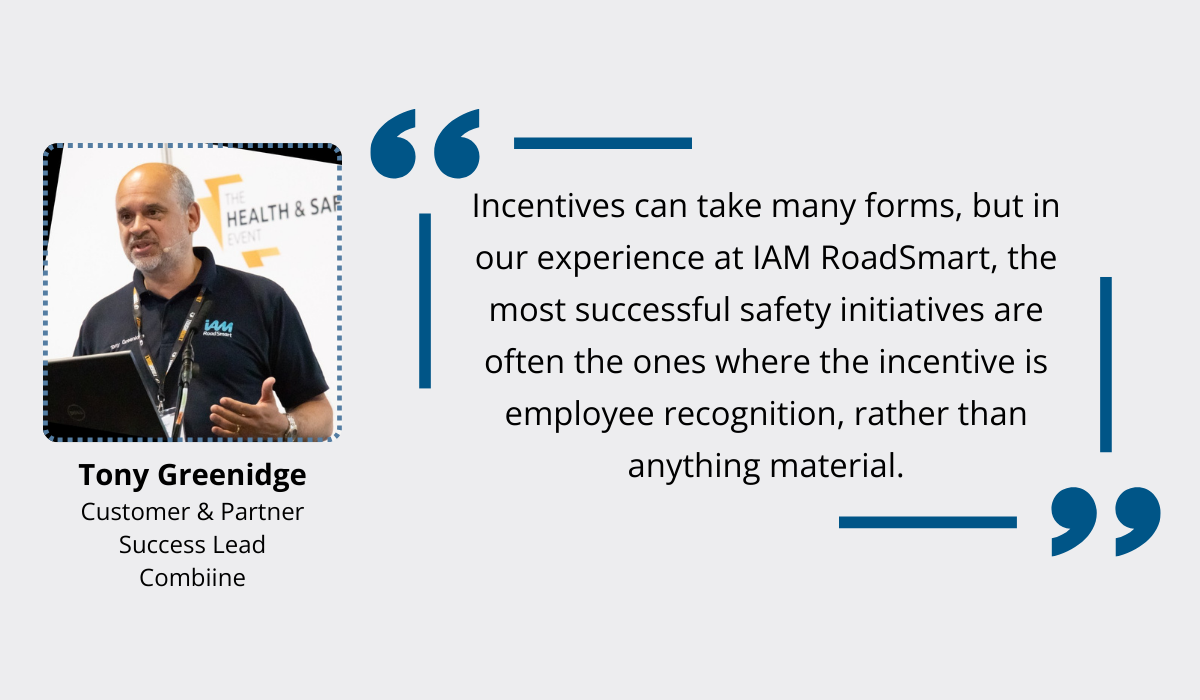
The bottom line is this: don’t rely on telematics systems to only identify weaker drivers.
Instead, focus on recognizing and celebrating the good ones as well.
Highlighting their commitment to excellence and using them as examples for others will significantly improve safety and driver performance across your entire team.
Keep Your Fleet Compliant
Fleet compliance is where your telematics system really shines.
It helps ensure that both your vehicles and drivers adhere to various local, state, or federal regulations and standards, protecting you and the company from hefty fines and legal repercussions.
How exactly?
First and foremost, this technology is extremely valuable in managing your drivers’ Compliance, Safety, and Accountability (CSA) scores.
Designed to hold drivers accountable as well as identify and mitigate risky behavior, the CSA program calculates their CSA score for each of the seven BASICs (Behavior Analysis and Safety Improvement Categories):
| Unsafe Driving | Operating a commercial vehicle in a dangerous manner (speeding, not wearing a seatbelt, or improper lane changing) |
| Crash Indicator | Historical patterns of frequency and severity of involvement in crashes |
| HOS Compliance | Operating a commercial vehicle when sick or fatigued |
| Vehicle Maintenance | Failing to properly maintain the commercial vehicle |
| Controlled Substances/Alcohol | Operating a commercial vehicle under the influence of alcohol or illegal drugs |
| Hazardous Materials Compliance | Handling hazardous materials in an unsafe manner |
| Driver Fitness | Operating a commercial vehicle by an unfit driver |
High CSA scores for carriers and drivers indicate weaker performance, potentially leading to interventions such as targeted roadside inspections, compliance reviews, and enforcement actions.
Luckily, with telematics, you can monitor many elements of each BASIC, keep them in check, and make sure your drivers’ CSA scores fall within acceptable ranges.
A driver is approaching the maximum allowed hours of service?
Your telematics system will warn you about it automatically.
Concerned about the risk of mechanical failures that could lead to accidents or violations?
Telematics will monitor your vehicles’ health and provide notifications for upcoming maintenance.
However, driver behavior isn’t the only thing you need to watch out for.
Another compliance issue that fleet-based businesses often struggle with, but telematics helps address, is tracking and reporting fuel taxes according to the International Fuel Tax Agreement.
This includes recording and reporting miles driven, amount purchased fuel, and location of the purchase every three months.
Needless to say, manually tracking all of that through hard copy receipts can be quite time-consuming and prone to errors or data loss, but with telematics, all this information is recorded automatically.
Overall, not taking advantage of telematics to ensure compliance would be a missed opportunity.
These systems vigilantly monitor all your fleet movement, vehicle utilization, driver behavior, and maintenance activities, warning you about potential risks and ensuring you’re ready to demonstrate compliance at any given moment through accurate, detailed, and up-to-date data.
Maximize Cost Analysis Variables
Thanks to telematics, you can effortlessly calculate two important cost analysis variables: the total cost of ownership (TCO) and vehicle costs per mile (VCPM) with pinpoint accuracy, boosting the efficiency of your cost management efforts in the process.
Leveraging the precise data provided by telematics systems and calculating these two variables ensures that you have a full view of your fleet spending.
This, in turn, allows you to detect areas for improvement and cost-saving opportunities you otherwise never would’ve noticed.
According to a Wakefield and Motive survey, it seems like this is precisely what fleet professionals need.
As it turns out, more than a third of fleet managers struggle with cost mismanagement and inefficient spending, emphasizing the significant need for a better understanding of fleet-related expenses.
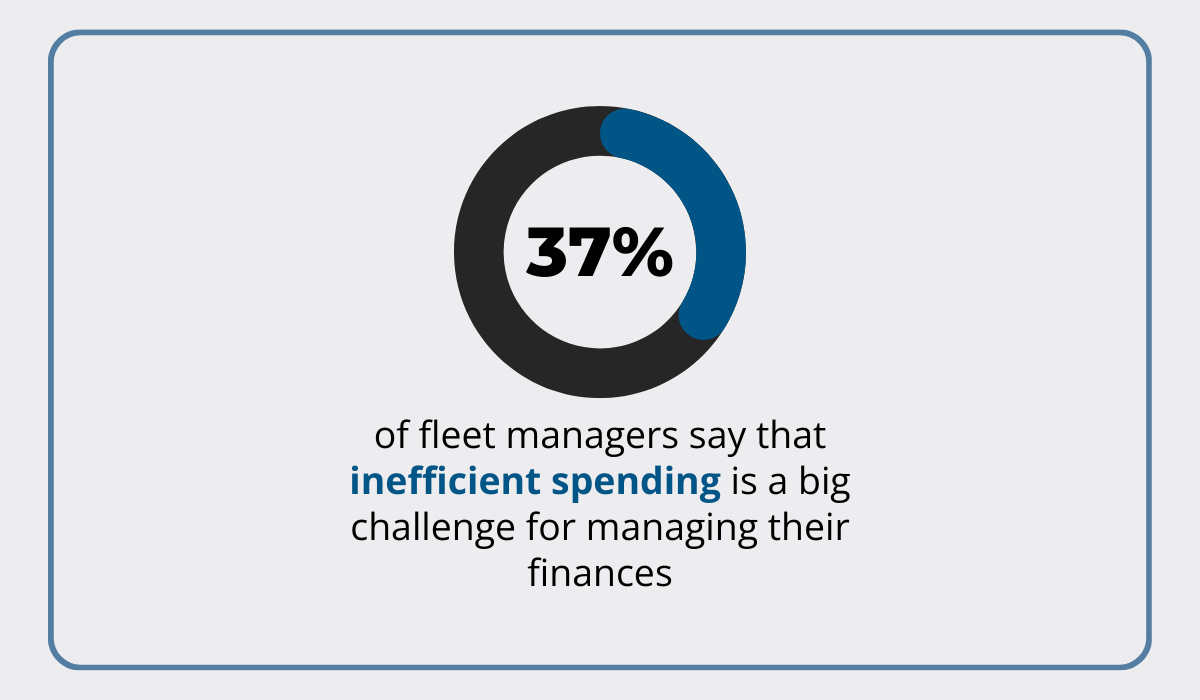
This is where TCO and VCPM play a vital role.
To calculate TCO, we use the following formula:
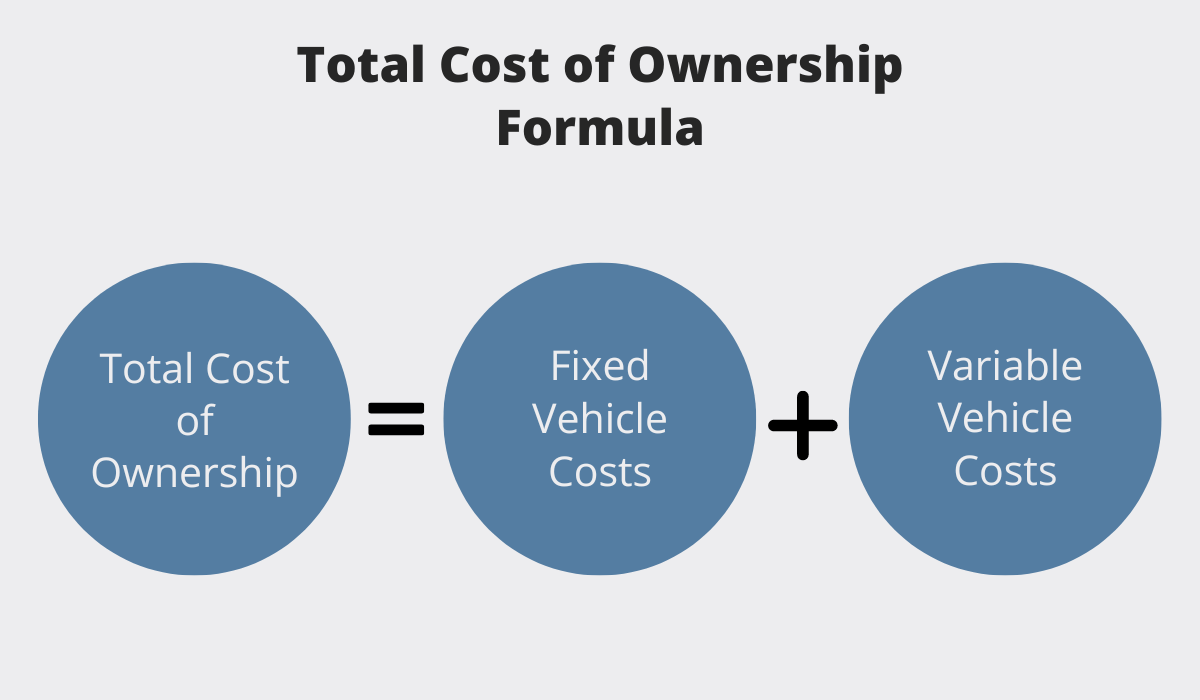
Fixed costs, as the term implies, include recurring expenses that stay relatively stable, such as lease payments, insurance, licenses, and registration, while variable costs fluctuate and encompass fuel, tolls, and maintenance.
Although it is possible to manually gather all this information, telematics automates the cost-tracking process, ensuring the accuracy of the collected data—much like tracking fuel usage and purchases we discussed earlier.
When TCO is determined, VCPM can be calculated using the following equation:
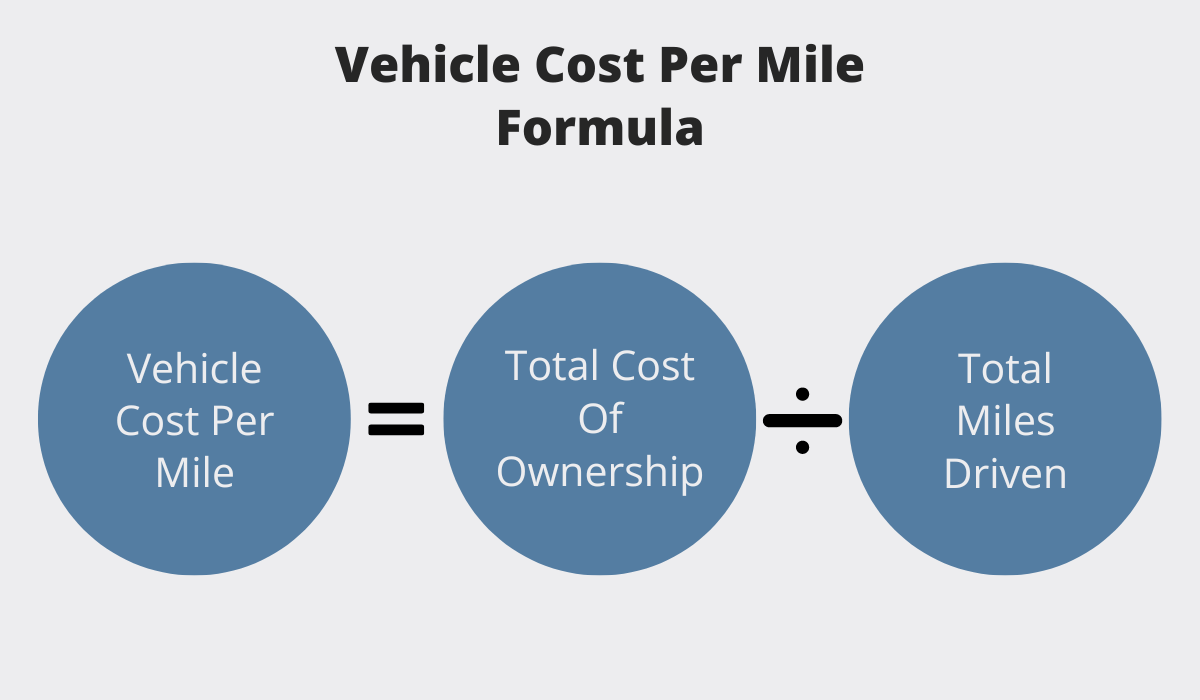
Again, telematics simplifies this task by providing mileage data for each vehicle—no sorting through piles of paperwork or endless spreadsheets necessary.
Once you know how much each vehicle is costing you, you become much better equipped to manage them through their entire lifecycles.
Is it time to replace a vehicle, or are operational costs still favorable compared to a replacement?
Are you overspending in certain areas, and what’s the underlying cause? Should you rent, purchase, or lease your fleet?
Thorough cost analysis provides answers to these questions and more.
However, to comprehensively evaluate your expenses, you’re going to need telematics.
It’s the only reliable tool that can monitor how much is being spent on your fleet and how effectively those vehicles are being utilized with precision and accuracy.
Conclusion
We hope this article has sparked your imagination with new possibilities and ways telematics can revolutionize your daily routines.
Isn’t it incredible how one technology can tackle so many tasks, solve countless problems, and streamline numerous processes almost effortlessly?
That’s the magic of telematics: it has the ability to simplify what would otherwise be laborious, time-consuming, error-prone tasks.
So, if you’ve been hesitant about embracing this technology, let this article be your nudge to dive right in.
Trust us, once you experience the wealth of accurate, real-time data it provides, you’ll wonder how you ever managed without it.
Remember, when used correctly, telematics doesn’t just hand you numbers; it hands you valuable insights that can guide your fleet toward efficiency, cost-effectiveness, and long-term success.





